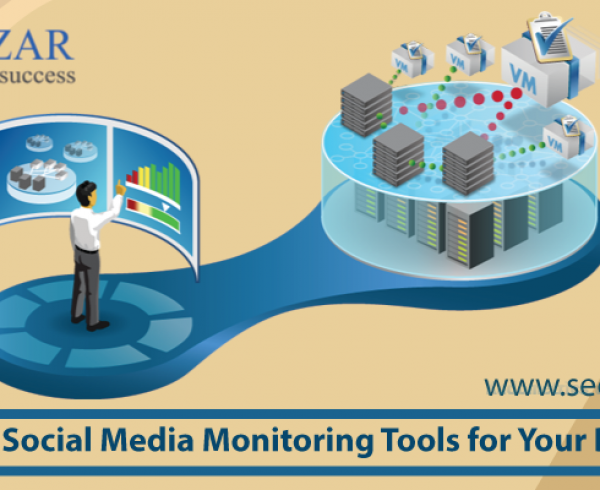Do you want to know The Five Key Components Of Professional Website Design? When we set in our mind that, creating a website design is one of the most complicated segment.
Then, the design has to simultaneously convey the functionality to the life and showcase the content while supporting your communications and marketing goals. A successful website design can have a positive impact on the website’s ability to engage the visitor’s mind.
But a poor design is very bad for the website because your website is the first impression of your company, so create your website with professional components. For this have a look at SEOCZAR website it is completely designed by the professional web designers and developers.
Thus, this is what we are elaborating here! Keep reading…
Five Key Components Of Professional Web Design
Following are the five most important and key components of professional website design: which are as follows:-
1. Create Fast Loading Pages
According to the study, the average visitor expects a page to load in two or three seconds. Web page loading is a very critical factor for your traffic, sales and conversion rates. That’s why it has a great impact on user experience and SEO (Search Engine Optimization.)
However, according to the Amazon report in 2017, for every 100 milliseconds their site speed up and see one percent increase in their revenue. After that, Google announced, with an intention to boost the website, that, page speed is a deliberation in how they rank at SERP (Search Engine Result Pages.)
Here are some top causes of site slowing and what you can do to fix them: which are as follows:-
- Minimize redirects
- Simplify your content
- Choose a reliable web host
- Compressed your website file
- Delete unnecessary code elements
- Proper optimize images in your website
- Use the CDN (Content Delivery Network.)
2. Create Simple Navigation
Don’t create complicated navigation for your website. It should be easy to identify and simple to use and also important to keep the menu to a minimum. So, don’t overwhelm the customers and users.
However, website navigation system acts like a roadmap to other web pages and information contained within the website. Hence, website navigation must be simple and clear that visitors will stay and have a good experience.
3. Information Design
The way to present the information and structuring information for the organization.
Often, the term information design some time looks like a distraction. However, uncertainty among professionals involved with all details solutions. This is in the little part of a result of the growth and evaluation of the information plan, which involves the outbreak of the web.
According to the definition of the information design, some of the samplings of the rule are associated with the field: which are as follows:-
- Sensemaking
- How to represent the information structure
- Create that type of design which is supportable to the user and the creator
- Share to by writer, researcher, popularizers, collector as well as universalists.
4. The Page Layout
The part of the page layout means it is the section of the graphics layout which is the contract with the adjustment of the optic entity on the page.
In the page layout of the web page, there it includes the text, font, color, typography. Before starting the web page design put your thought on the paper and also sketch a top-level framework.
5.Content Management System

A content management system (CMS) is a software that is used for creating, editing, organizing, and publishing content based sites. It is used to support multiple users working environment.
Often, It includes web-based, publishing, format, management, history, Indexing, searches, and retrieval. It also supports the separation of content and presentation in content.
It has two components: which are as follows:-
- Content Delivery Application (CDA)
Content Delivery Application is used to compile the information and updates of the website.
- Content Management Application (CMA)
Content Management Application is the used in the front end user interface that is allowed to a user, to add, modify, and to remove content from a website.
Now, let’s discuss some of the features of CMS (Content Management System) which are as follows:-
- It reduces the need for code
- Edit permission management
- The ability to create a unique content.
CONCLUSION
Here, in this blog, we have discussed The Five Key Components Of Professional Website Design.
Often we concluded its layout, its definition, and the key points for the same in details. They do add value to any blog post. And, this leads to the end of the blog.
We hope this blog helped you. However, if you found the blog useful, do not forget to use the comment section provided below. Also, share the blog with your peers. You are on your way to getting more exposure.







Leave a Comment